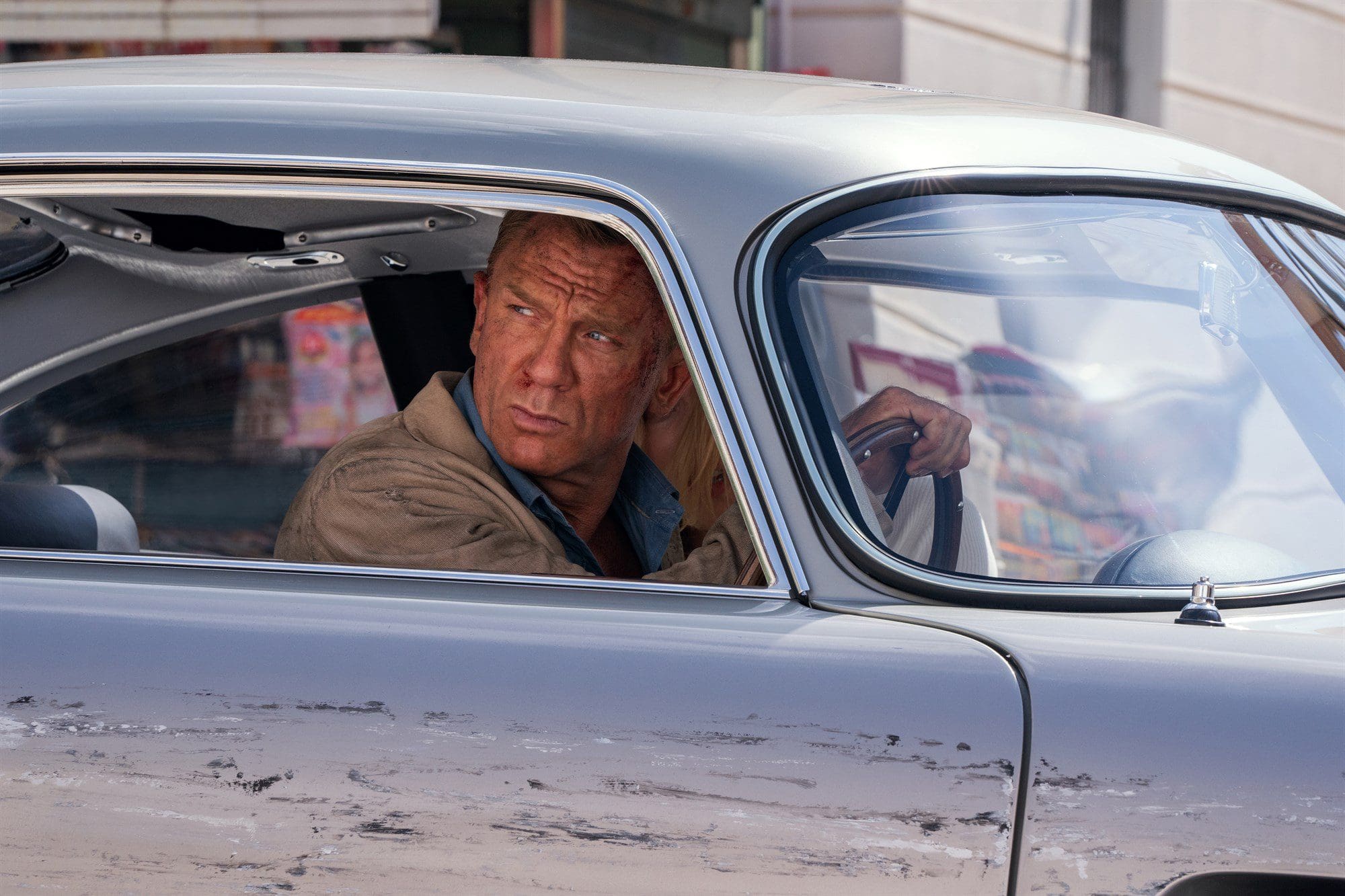
When Daniel Craig’s James Bond quit the spy life to be with Madeleine (Léa Seydoux) at the end of 2015’s Spectre, it seemed like the perfect ending to the actor’s time in the iconic role. I said as much in my review of the film. Narratively and emotionally, it just didn’t feel like there was much more to explore for Craig’s take on the MI6 agent with a license to kill. However, No Time to Die is not only a fitting last chapter to the Craig era, but a Bond movie that dares to tread wholly new ground for the 59-year-old franchise.
The film picks up not long after where Spectre left off, with Madeleine and Bond in a honeymoon phase. However, as the trailers and Hans Zimmer’s score (which uses themes from similar scenes in Casino Royale during Bond and Eva Green’s Vesper Lynd’s short-lived romantic bliss) suggest, history repeats itself when Madeleine seems to betray Bond and he decides to leave her. Five years later, Bond is living alone and off the grid in Jamaica when his old CIA buddy, Felix Leiter (Jeffrey Wright), lures him back into espionage. From there, No Time to Die is filled with the spectacle and action we expect from a Bond film.
Director Cary Joji Fukunaga (who also wrote the script along with Neal Purvis, Robert Wade and Phoebe Waller-Bridge) brings the same visual flare he’s brought to projects in the past, delivering a slick Bond film with sequences staged in ways that boggle the mind. Cinematographer Linus Sandgren’s images are richly colored. A scene where armed men steal a biological weapon from a high-rise is both beautifully lit and energetically staged and edited. Ditto less action-packed scenes, like Felix and Bond playing a drinking game in a Jamaican bar or a conversation Bond shares with the latest 007, Nomi (Lashana Lynch), in a space seemingly lit only by reflections of light from nearby water. Just as visually enjoyable are the costumes and sets, both of which feel expensive, but the latter especially feels detailed and improbable in a way that recalls Ken Adams’ spectacular settings from previous films.
Indeed, like so many Bond movies before it, No Time to Die is, on some level, a travelogue of exotic locales. That said, it’s also so jam-packed with characters, places and plot that it never feels like we linger quite long enough in any given space. A sequence set in Cuba shuffles through half a dozen locations so quickly that we’re left a little bewildered and wanting more when it ends. The same goes for many of the characters. Lynch is intriguing and appealingly cocky as the new 007, but isn’t explored much outside of how she relates to Bond. Meanwhile, returning characters like Blofeld (Christophe Waltz) and even Madeleine to a degree feel mostly like pawns in the larger narrative. Even at a whopping 163 minutes–the longest ever runtime for a Bond movie–so much of No Time to Die feels rushed. However, it does give attention where it matters most: Bond’s emotional arc and the way it concludes Craig’s era.
While Fukunaga and his co-writers take risks throughout, killing off major characters and tying off plot threads with finality, they also play with typical Bond tropes in surprising and satisfying ways. Take, for instance, the way the film treats Ana de Armas’s character, Paloma. Typically, she would exist almost exclusively to be bedded by Bond and then perhaps die shockingly. Here, while Bond certainly appreciates Paloma’s beauty and shamelessly flirts with her, Paloma, who is fresh out of training, is too anxious about their mission to flirt back. The pair certainly share chemistry, but Paloma is just a capable, young colleague helping him on a mission and there’s something refreshing in their strictly platonic camaraderie.
While the Paloma-Bond dynamic is a charming twist on the usual tropes, perhaps most thrilling is the way the film interrogates Bond’s legacy and flaws. By giving a black woman the 007 designation and questioning both the rightness of government authority figures through M’s (Ralph Fiennes) mistakes, the film fully leans into portraying Bond as embodying an outdated ideal. Ian Fleming in part created Bond to deny that Britain was no longer an empire and as a character defined by both his straight maleness and his whiteness, Bond has always been a dinosaur from a bygone era straining for relevance. And while he is still the undeniable action hero of his own story here, the film feels willing to both acknowledge and accept Bond’s limits in a way the franchise has mostly avoided throughout its history. Even so, as No Time to Die finally enters its last act and Bond goes to a remote island to confront a ridiculous villain, we assume we know exactly what will happen because we’ve watched the previous 24 films end in roughly the same manner. Except that’s not what happens. Instead, Fukunaga et al. subvert one Bond movie trope after another on the way to crafting an ending that is not only emotionally rich but also genuinely takes the franchise in directions it’s never been before.
For longtime Bond fans, No Time to Die is a revelation. While there’s a familiar satisfaction in the way it compulsively globetrots through a series of expensive sets and gives Bond hints of the cheeky, Moore-esque humor the franchise has avoided for so long, it’s the places the film is willing to take the character that make it such a surprising, satisfying viewing experience. Against all odds, No Time to Die allows Bond to explore completely new emotional depths and narrative possibilities, capping Craig’s era in a way that would have seemed inconceivable for anyone else.


Comments are closed.